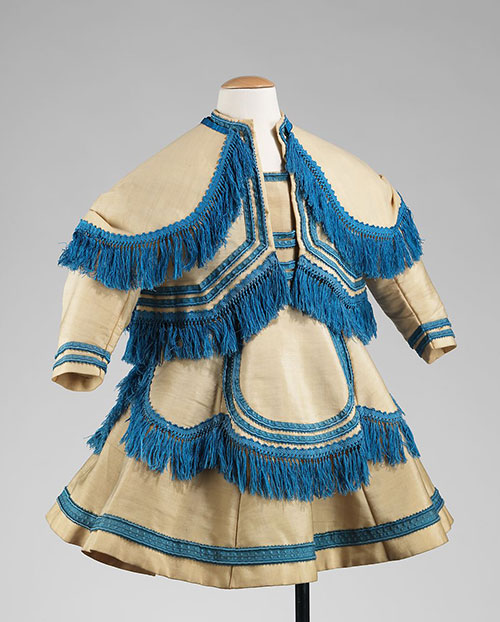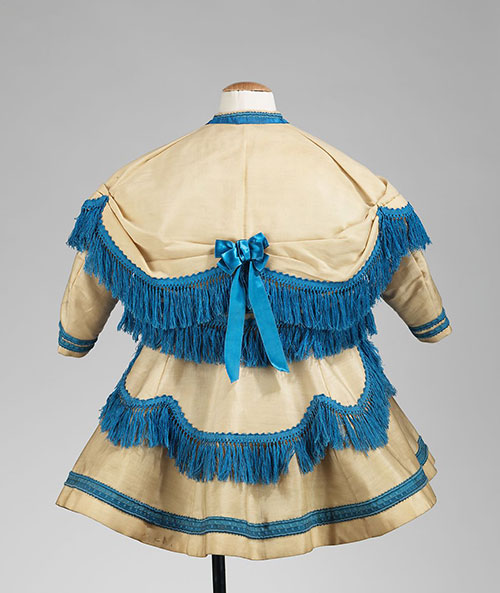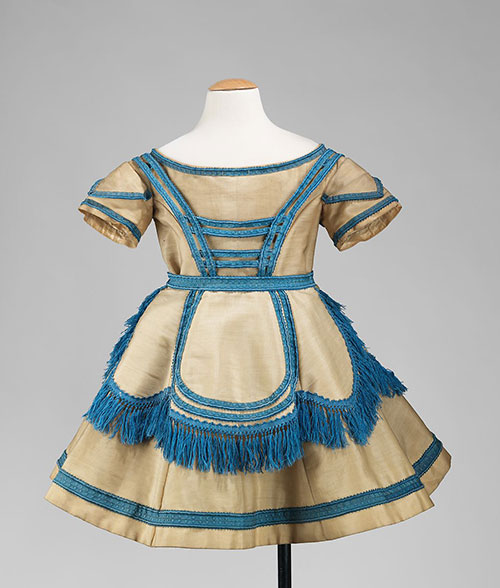 For a modern observer, this tradition or trend might seem so weird – 18th-19th-century toddler boys and girls both wore dresses and long robes of the same cut and design in daily life, with no clear distinction of their gender. But it was the norm and no one thought much of it at the time. Even our ancestors probably were dressed in dresses or long shirts when they still were kids. But why did people do it? Actually, we’ve found a number of explanations, some of which are funny and others sad.
For a modern observer, this tradition or trend might seem so weird – 18th-19th-century toddler boys and girls both wore dresses and long robes of the same cut and design in daily life, with no clear distinction of their gender. But it was the norm and no one thought much of it at the time. Even our ancestors probably were dressed in dresses or long shirts when they still were kids. But why did people do it? Actually, we’ve found a number of explanations, some of which are funny and others sad.
When we look at the kids’ portraits from the 18th and 19th centuries, we see all toddlers dressed in long robes, dresses, and coatdresses. Especially when we’re talking about the aristocracy. Did you ever think about their gender? Were they all girls? Or why did these children wear dresses adorned with lace, embroidery, ribbons, together with pantaloons, white socks, or tights? Maybe this will surprise you but many of these toddlers are actually boys, and when you know where to look (not where you think), you’ll easily distinguish boys and girls in the old portraits.
We can distinguish the gender of kids not by the cut and style of their clothing, not by their shoes, not by their pantaloons, and not even by their hair (all toddlers have pretty much the same length and hairdo). Usually, the only thing that reveals them are the accessories they hold in their hands. Boys are pictured with toys that were considered manly – hobbyhorses, drums, trumpets, crops, wooden swords, canes, dogs, etc, while girls hold flowers, dolls, hats, baskets, kittens, etc.
Everything else in the portrait says nothing about the gender of toddlers, at least to a modern eye. Their dresses have the same cut and design, including a belt or clear waistline, the sleeves are just as embellished (often, with bows and ribbons), the neckline is the same (usually, round and may have a white lace collar), the length of the skirt is the same, and so on. Boys and girls alike wore white socks or tights, sometimes pantaloons with lace trim that peeked from under the hem of their dresses, and tiny cute shoes. So, if not for their accessories, you probably would never tell which kid is a girl and which is a boy.
Although in the 18th and 19th centuries, people could often tell the difference between boys and girls, even with them wearing very similar clothing. Some very slight differences in the style and cut could exist. Also, some parents added telltale accessories, like plumed hats. And some colors were considered more suitable for boys – we have this tradition to distinguish kid’s gender by the color today as well, but it’s much more pronounced.
But why did parents dress their toddler children in the same way? Was it so hard to sew little breeches or trousers? Actually, there was not one but a number of reasons why small kids wore dresses. Different historians and sources mention different reasons:
- because of the high mortality rate among infants, parents tried to not become too attached to their kids. It was sometimes a disaster for royal or aristocratic parents to lose an heir to the throne or title, business, money. So, they protected their own feelings and maybe even protected the heir physically (by hiding him among daughters);
- there were no pampers at the time, so people would need many pairs of breeches to switch them every time the toddler peed in his pants. And clothes were handmade and costly in the 18th-19th century. It was much easier to dress him in a dress or robe;
- boys at the age of 6-7 years old were capable of dressing themselves without help, including putting their breeches on, but rarely before that;
- some people considered (and remember, 19th-century people were rather conservative, you could even say, snobby) that distinguishing between genders too early could provoke precocious sexual curiosity, which was a no-no.
How long did boys wear dresses? Surprisingly, for a rather long time. Of course, it differed from family to family, but boys started to wear trousers at the age of 2-7 years old. Imagine a 7-year-old boy in a dress! But in the 1700s, 1800s, and even early 1900s, it was totally normal.
Boys and their families celebrated the first time they wore trousers. It was sort of a ceremony of adulthood. They had a “breeching ceremony”, an important and festive event for every boy. For this day, a tailor prepared the first pair of breeches, and the boy was pompously dressed in these pants and other festive clothing. His relatives were invited for the occasion and had a feast afterwards.
Here are a few examples of boy’s dresses, skirts, and coatdresses from the period.
Boy’s coatdress from America, early 1830s. From The Met Museum
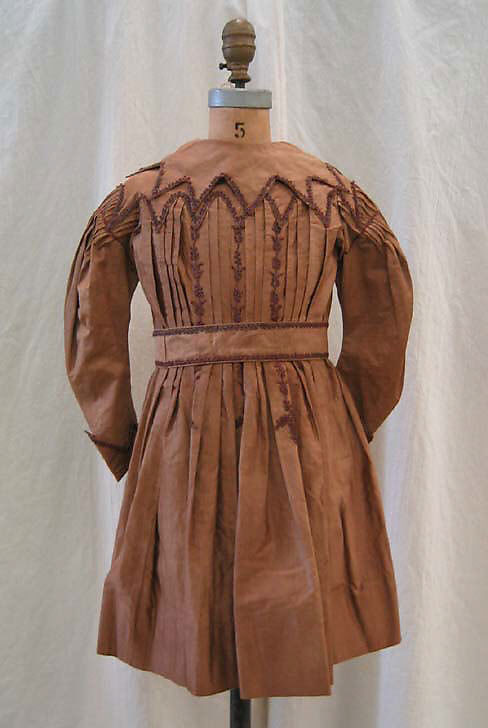
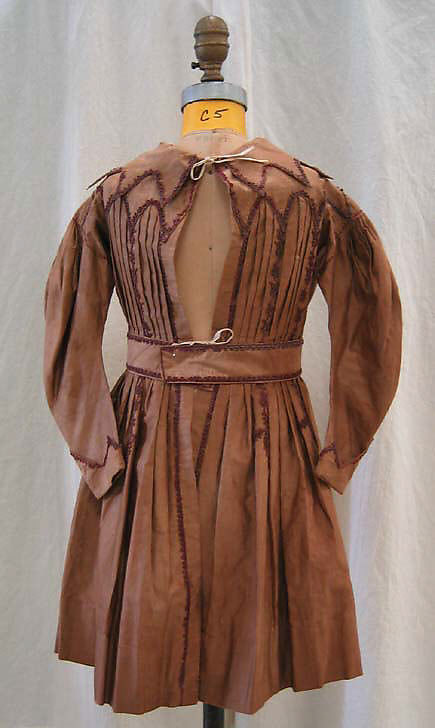
Boy’s outfit (of 6-7-year-old boy) from Europe, 1885. Pleated skirt, vest, jacket, mask, boots, gloves, and carnival headdress
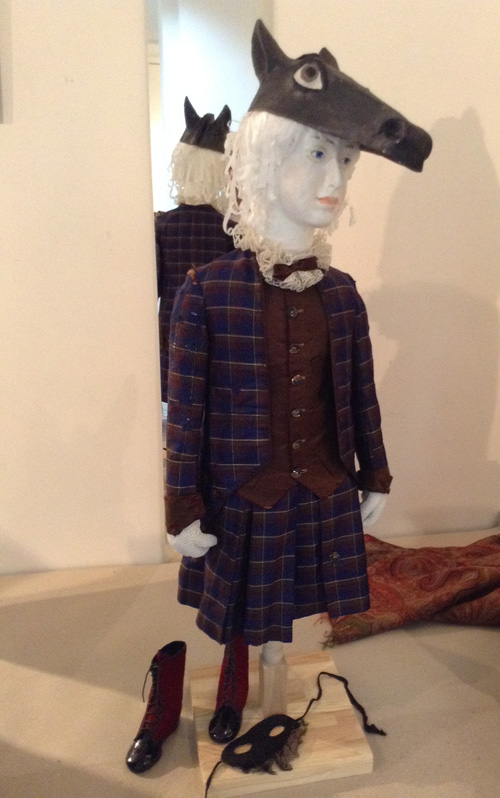
Boy’s suit from America, 1860s. It includes a shirt, a jacket, a skirt, and knickers. From The Met Museum


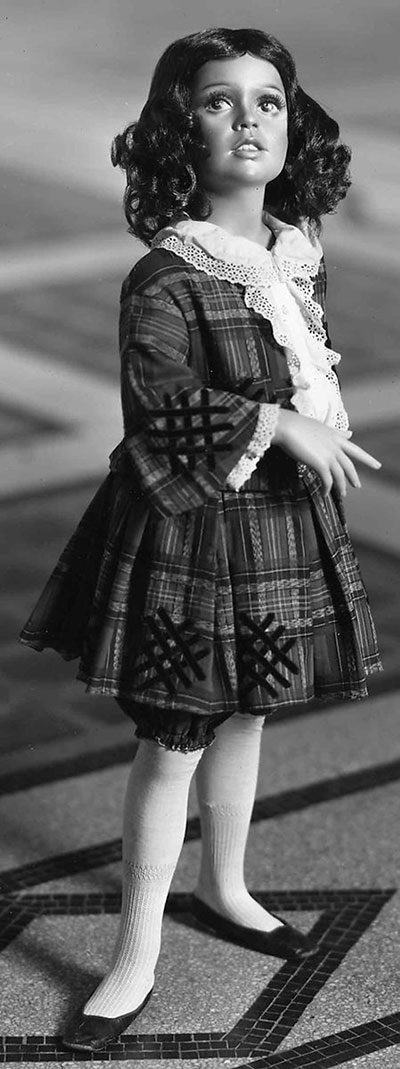
Colorized photo of my own 4-year-old granddad in a dress sitting on his father’s lap. Ukraine, 1917

Cute boy’s ensemble from America, 1869. From The Met Museum
